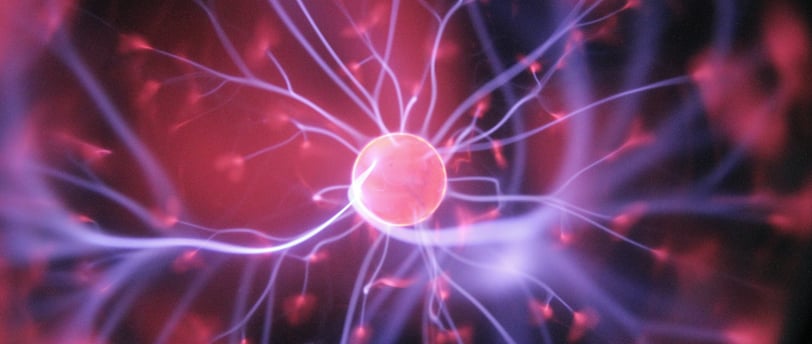Exploring the World of Energy Healing: An Overview
4/23/20242 min read


Energy healing is a practice that has been gaining recognition in recent years as an alternative approach to health and well-being. Rooted in ancient traditions and holistic philosophies, energy healing encompasses a wide range of modalities aimed at restoring balance and harmony within the body's energetic system. In this blog post, we'll take a closer look at what energy healing is, how it works, and some of the key principles underlying this fascinating field.
What is Energy Healing?
At its core, energy healing is based on the belief that all living beings possess an inherent energy or life force that flows through them. This energy, often referred to as "Qi" in traditional Chinese medicine or "prana" in Ayurveda, is vital for maintaining physical, emotional, and spiritual well-being. Energy healing modalities seek to harness and manipulate this subtle energy to promote healing, balance, and vitality.
How Does Energy Healing Work?
Energy healing works on the principle that disruptions or imbalances in the body's energy system can lead to physical illness, emotional distress, and spiritual disconnection. Practitioners of energy healing use various techniques to detect and correct these imbalances, facilitating the free flow of energy throughout the body. These techniques may include hands-on healing, such as Reiki or Therapeutic Touch, as well as non-contact modalities like sound therapy, crystal healing, and acupuncture.
Key Principles of Energy Healing:
While energy healing encompasses diverse practices and traditions, several key principles underlie its approach to healing:
1. Holistic Perspective: Energy healing views the individual as a complex system of interconnected physical, emotional, mental, and spiritual aspects. Healing occurs on multiple levels simultaneously, addressing the root causes of imbalance rather than just treating symptoms.
2. Universal Life Force: Energy healing acknowledges the presence of a universal life force energy that permeates all living things. By tapping into this energy, practitioners can facilitate healing and promote well-being.
3. Self-Healing: Energy healing empowers individuals to take an active role in their healing process. While practitioners may facilitate healing, ultimately, the individual's own innate healing ability is activated and supported.
4. Energetic Anatomy: Energy healing recognizes the existence of subtle energy channels, centers, and fields within the body. These include meridians in traditional Chinese medicine, chakras in yoga and Ayurveda, and the biofield in modern energy medicine.
Energy healing offers a holistic and integrative approach to health and wellness, addressing the interconnectedness of mind, body, and spirit. While its efficacy may vary from person to person, many individuals have reported profound benefits from energy healing practices, including reduced pain, improved mood, enhanced vitality, and greater emotional resilience. Whether you're curious about exploring energy healing for yourself or simply interested in learning more, we invite you to delve deeper into this fascinating field and discover its potential for promoting healing and transformation.
Photo by Hal Gatewood on Unsplash